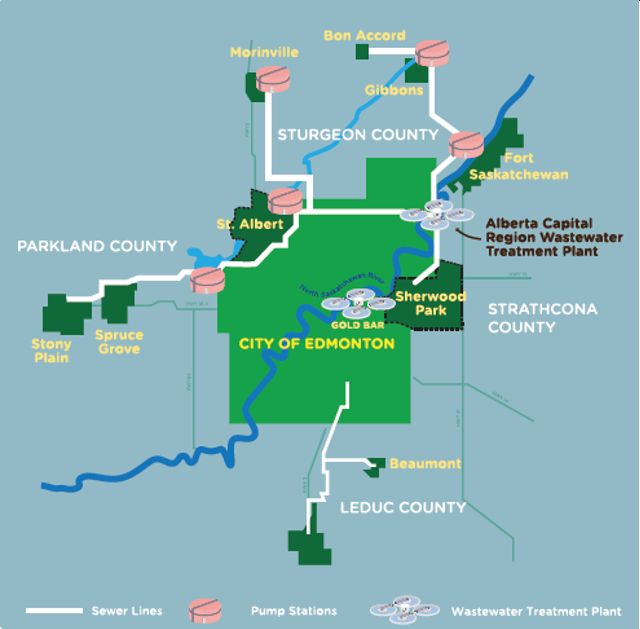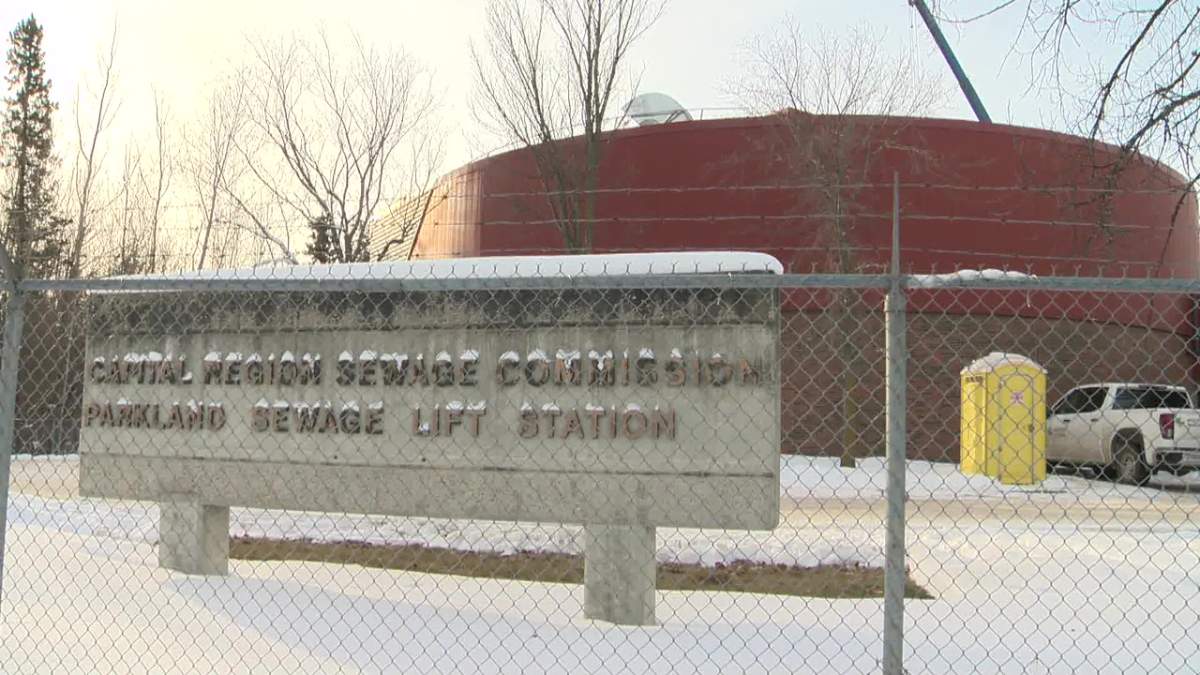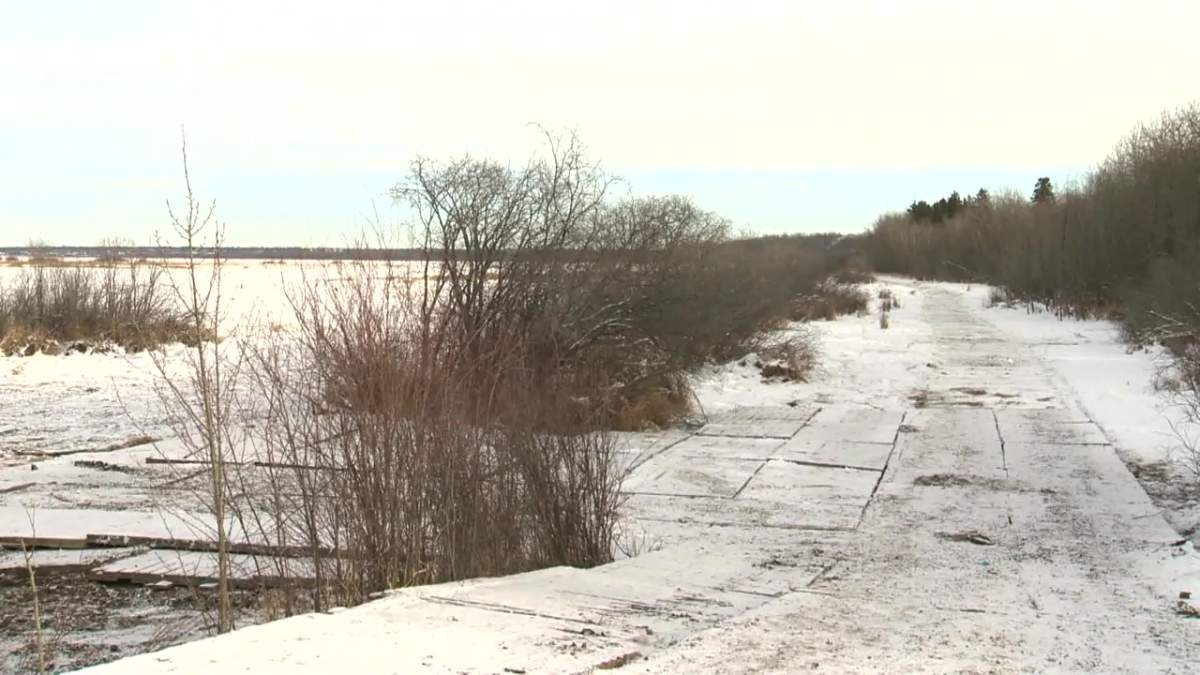The public is advised to avoid any activities that would involve exposure to the water or shoreline of Big Lake due to elevated levels of fecal bacteria Alberta Health Services said are likely present in the water.

The lake is connected to the Sturgeon River northwest of Edmonton and west of St. Albert, bordering Parkland and Sturgeon County.
AHS issued an advisory Thursday afternoon because sewage run-off entered the lake and its shoreline after a pipeline carrying wastewater ruptured near a subdivision in Parkland County.
“Elevated levels of fecal bacteria are very likely at the spill site and surrounding area on the south shore. While it is currently unclear how far the run off may extend along the shoreline, the site of the spill was near Range Road 261 at Lakeshore Estates,” AHS said.
Dr. Chris Sikora, AHS medical officer of health for the Edmonton zone, said an Alberta Capital Region Wastewater Commission (ACRWC) pipeline ruptured at the end of December and AHS was notified Jan. 10.
The ACRWC told Global News a valve in the line failed, causing the pipe to rupture below ground in a concrete chamber. Wastewater then came to the surface.
At the suspected levels, AHS said illness may result from coming into contact with or ingesting the water from Big Lake.
“Exposure to sewage does have inherent health risks associated with it,” Sikora said on Friday.
“If you do come in contact with the sewage, you have that risk of having gastrointestinal illness, nausea, vomiting, diarrhea, but also skin irritation, irritation potentially eye or nose irritation as well.”

Get weekly health news
AHS also recommends that residents do not eat fish from the lake and refrain from using lake water for consumption, even if it’s been treated.
People should also keep their pets away from the lake.
“We would advise that people not allow their pets to go into that open water or that area where the spill is itself,” Sikora said.
“If pets do come in contact, be sure to wash them off as much as you possibly can before entering the house, and before handling your pets as well.”
Water-borne organisms, including fecal bacteria, can cause vomiting and diarrhea. AHS said as always, visitors and residents are reminded to never drink or cook with untreated water directly from any lake or reservoir, at any time.
The ACRWC transmission system is a network of sewer lines from 13 municipalities in the Edmonton region.
The commission says the pipeline system conveys wastewater to a treatment plant from municipalities in the west, north and east sections of the region.
In the south, it also carries wastewater from the city and county of Leduc and Beaumont into the City of Edmonton’s system for treatment.
In exchange, the ACRWC plant looks after wastewater from Clareview and from the Clover Bar Industrial Area.
Wastewater in the ACRWC network is processed at the plant near the northeast edge of Edmonton in Strathcona County, where cleaned water is released back into the North Saskatchewan River.

AHS said its public health inspectors will continue to monitor the situation and updates will be provided as more is known. Sikora said authorities will have a better idea of the issue as ice melts in the spring.
Alberta Environment is aware of the spill.
“Environment and Protected Areas is working with the Alberta Capital Region Wastewater Commission to ensure any impacts to the land, shoreline, and the lake are addressed. Department staff conducted a joint inspection with the City of Edmonton to assess the release and ongoing remedial work,” said a statement Friday from environment ministry press secretary Miguel Racin.
Parkland County said it is following the lead of AHS and advising residents to not engage in activities that would involve exposure to the water or shoreline of Big Lake.






Comments